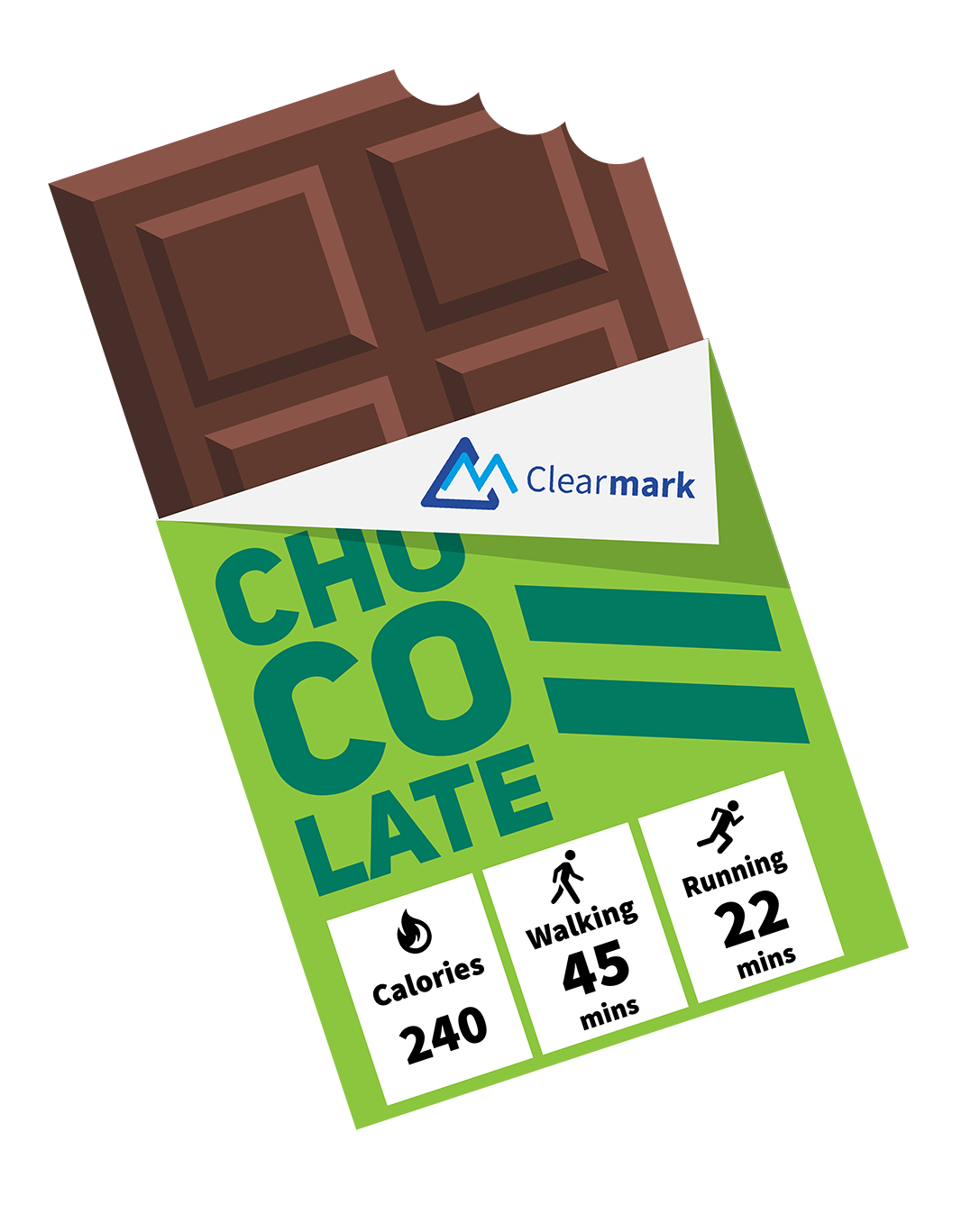The Sugar Tax and Beverages: Labelling Needs to Be Clearer than Ever
11th June, 2018
The soft drinks sector is one of the most dynamic and fast-paced industries in food and drink, and 2018 has offered up the biggest challenge to manufacturers of soft drinks yet: sugar.
The UK’s sugar tax came into effect on 6th April 2018, which ensures that soft drinks containing more than 5g of sugar per 100ml must pay a levy. The sugar tax was introduced by the UK government as a tool to help fight childhood obesity. Drinks manufacturers must either reformulate their product or pay the levy- potentially passing on a cost increase to the consumer.
The rates the companies will need to pay are:
- 18 pence per litre of drink containing more than 5 grams of sugar per 100 millilitres
- 24 pence per litre of drink containing more than 8 grams of sugar per 100 millilitres
Not only has the tax helped raise obesity awareness and will contribute to government-funded children’s projects, but it has also been a catalyst for brands to innovate with alternative sweeteners. According to the BBC, over 50% of manufacturers had reformulated their drinks before 6th April to avoid the tax.
The sugar tax has been prominent in the news since it was announced, and it is important for manufacturers to stay transparent with their ingredients. Consumers will be on the lookout for information on sugar levels so they have a clear idea of what they’re drinking so they can make an informed choice. With the government backing more health-based initiatives, product labels and coding needs to tick all the boxes more than ever.
For more information on labelling and coding for beverages, visit the ICE Beverage Guide or contact us on enquiries@uk.interactivecoding.com. One of our coding experts can help you find the right coding and labelling solution for your production line.
Related
Will Physical Activity Calorie Equivalent (PACE) Labelling Help Tackle the Current Obesity Crisis?

More Resources

